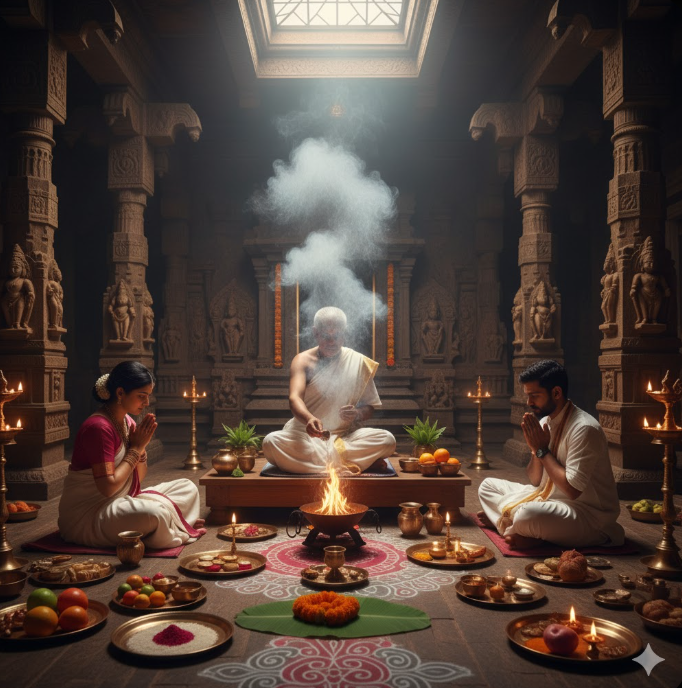Sri Aapthsagayeswarar Temple is a prominent Lord Shiva temple located in Aduthurai, near Kumbakonam. Celebrated as one of the Padal Petra Sthalams, this temple holds immense religious significance and is steeped in Tamil Saiva tradition.
Divine Legacy of Lord Aapthsagayeswarar
Lord Shiva here is worshipped as Sri Aapthsagayeswarar, the savior of devotees during times of danger (Aapath – danger, Sagaya – one who saves). This unique aspect of Lord Shiva’s protection draws thousands of devotees seeking solace and divine intervention.
The temple has earned its esteemed place in the Tevaram hymns sung by the Saivite saints Thirugnanasambandar and Thirunavukkarasar, further solidifying its spiritual stature.
A Padal Petra Sthalam of Historical Significance
Being one of the 275 Padal Petra Sthalams, the temple is a sacred site revered in Tamil Shaivism. These are temples glorified in the hymns of the Nayanmars, making them central to the spiritual and cultural fabric of Tamil Nadu.
Location & Accessibility
Sri Aapthsagayeswarar Temple is situated in Aduthurai, a quaint town in the Kumbakonam district of Tamil Nadu. It is well-connected by road and rail, and is easily accessible from Kumbakonam (around 14 km away), making it a must-visit during temple tours in the region.
Location Map
Highlights of the Temple
- Presiding Deity: Lord Shiva as Aapthsagayeswarar
- Consort: Goddess Yazhinum Iniya Mozhiyal (a rare and beautiful name for Parvati)
- Historical Saints: Hymns sung by Thirugnanasambandar and Thirunavukkarasar
- Significance: One of the 275 Padal Petra Sthalams
- Architecture: Traditional Dravidian architecture with a serene temple atmosphere
Why Visit Sri Aapthsagayeswarar Temple?
- For spiritual seekers, this temple offers peace and protection.
- For devotees of Lord Shiva, it is a chance to connect with a form of Shiva known for rescuing devotees from peril.
- For cultural enthusiasts, it is a living testimony to Tamil devotional history and Chola-era temple architecture.








Leave a Reply